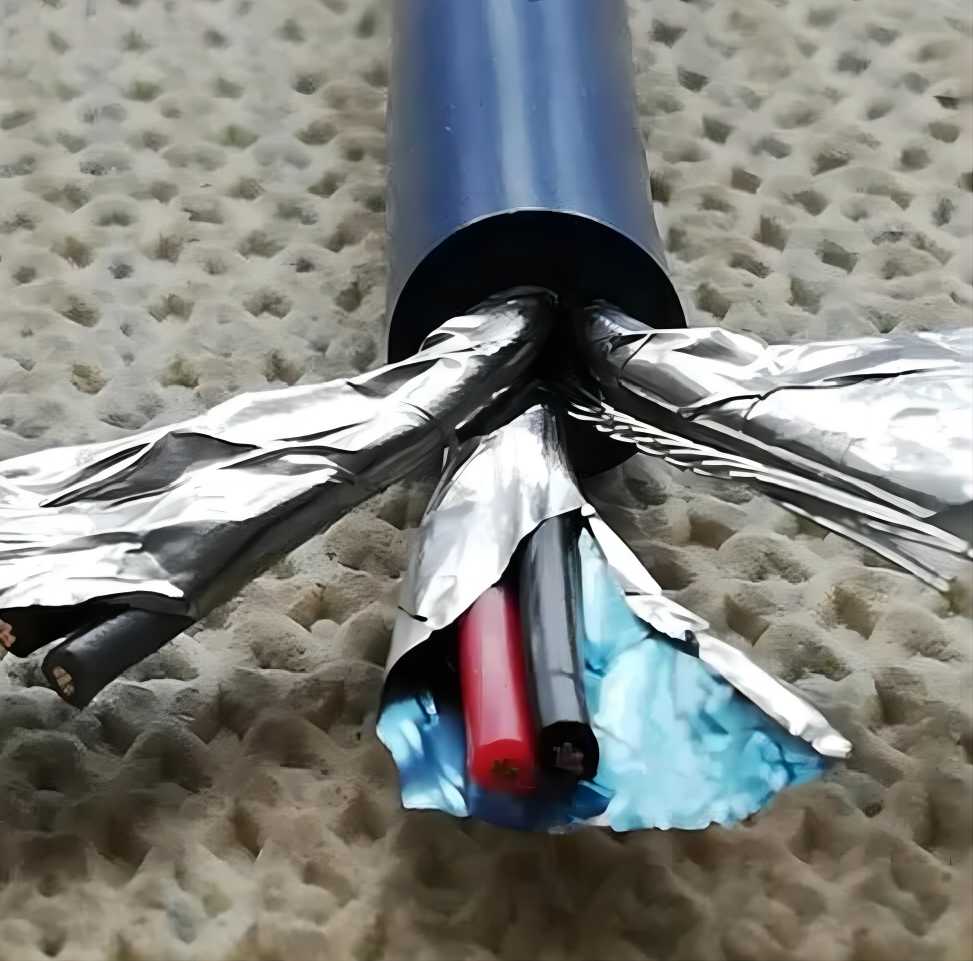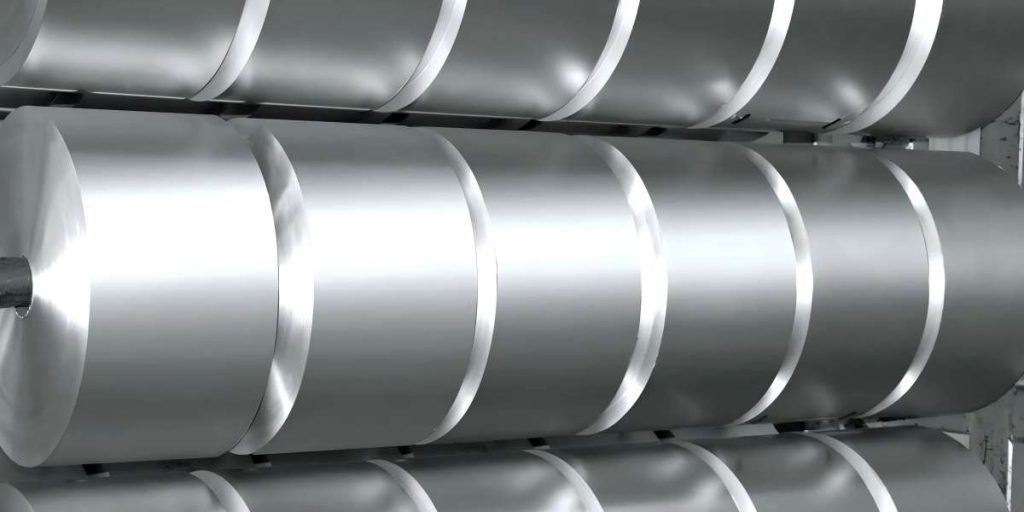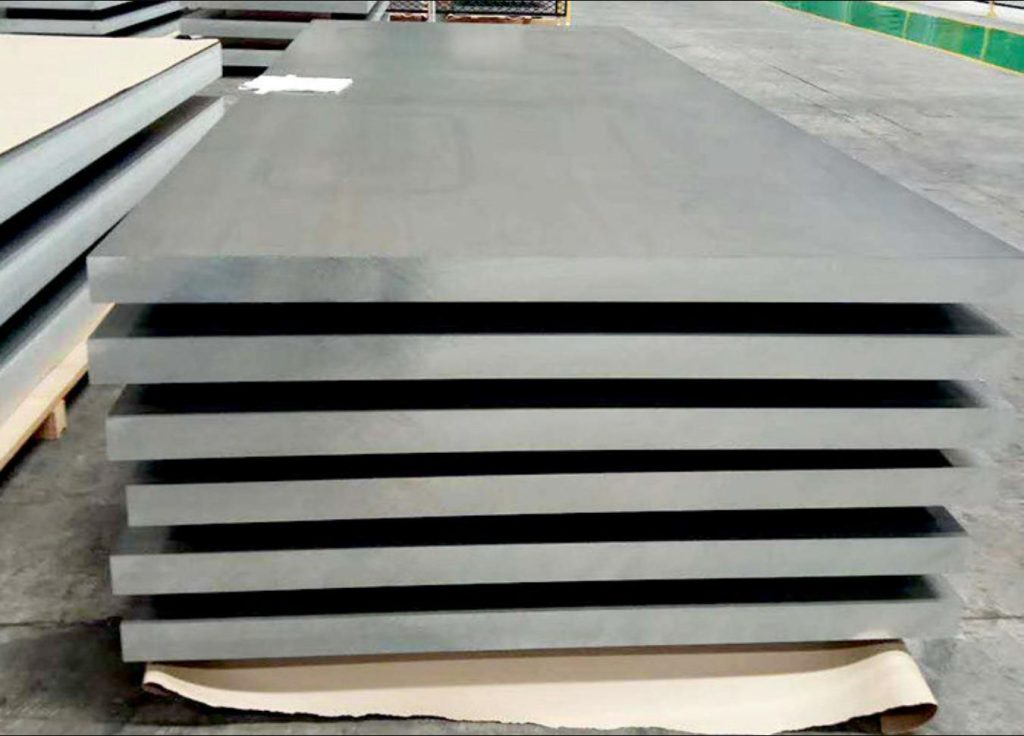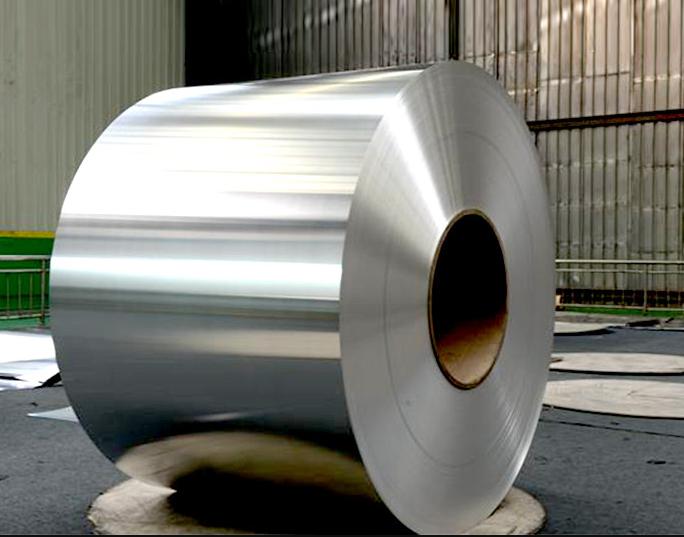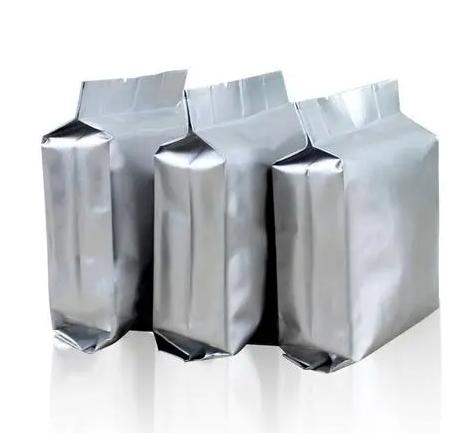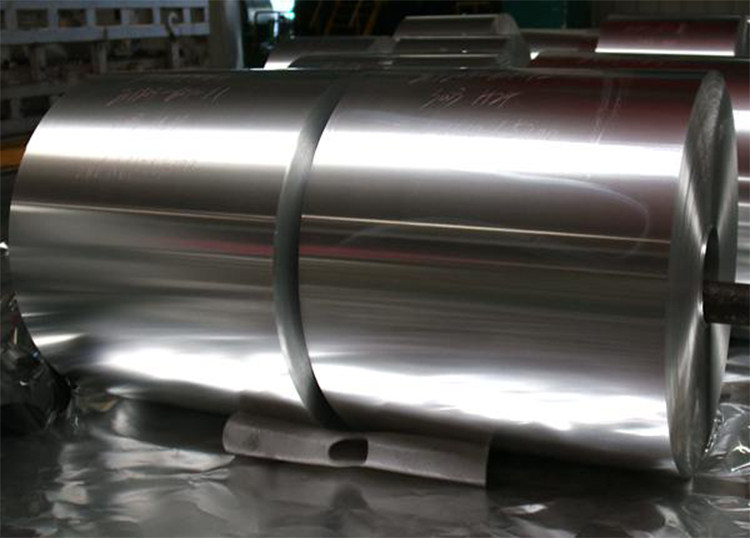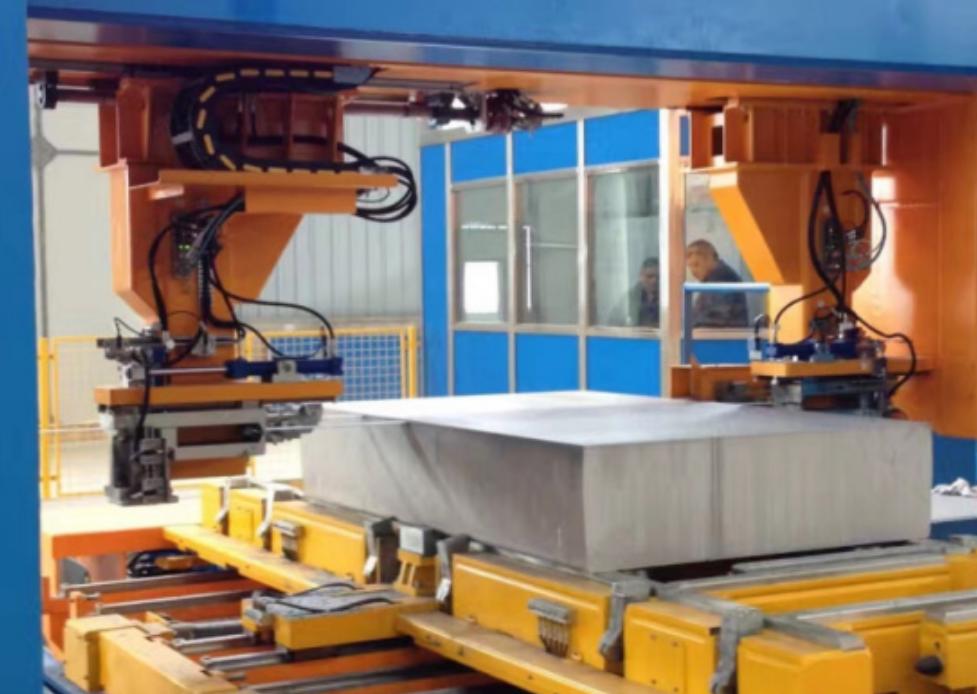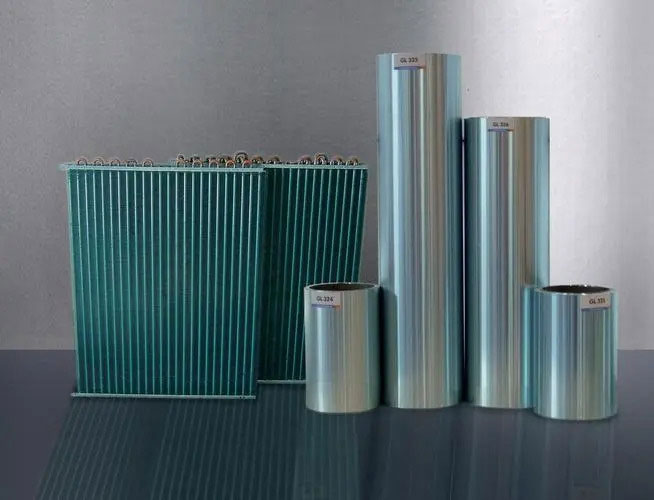The eight elements that affect the performance of aluminum alloys are vanadium, calcium, lead, tin, bismuth, antimony, beryllium and sodium, and other metal elements. Due to the different uses of the finished aluminum coil, these impurity elements are added to the processing process.
Due to the different melting points, different structures, and different compounds formed by aluminum, the effects on the properties of aluminum alloys are also different. Therefore, the application scenarios of products such as aluminum plates and aluminum circles produced by using different types of aluminum alloys are also different.
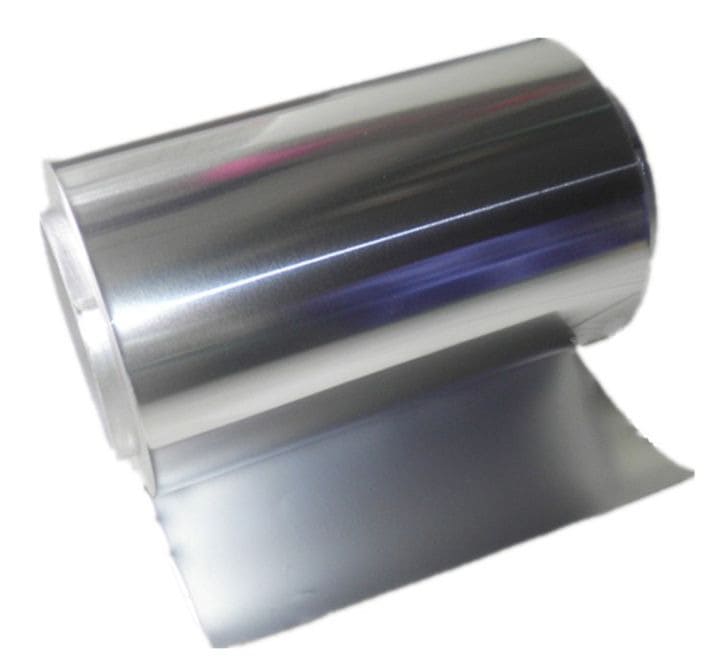
1. The influence of copper element on aluminum alloy
Copper is an important alloying element and has a certain solid solution-strengthening effect. In addition, the CuAl2 precipitated by aging has a significant aging-strengthening effect. The copper content in the aluminum plate is usually 2.5%-5%, and the strengthening effect is the best when the copper content is 4%-6.8%, so the copper content of most hard aluminum alloys is in this range.
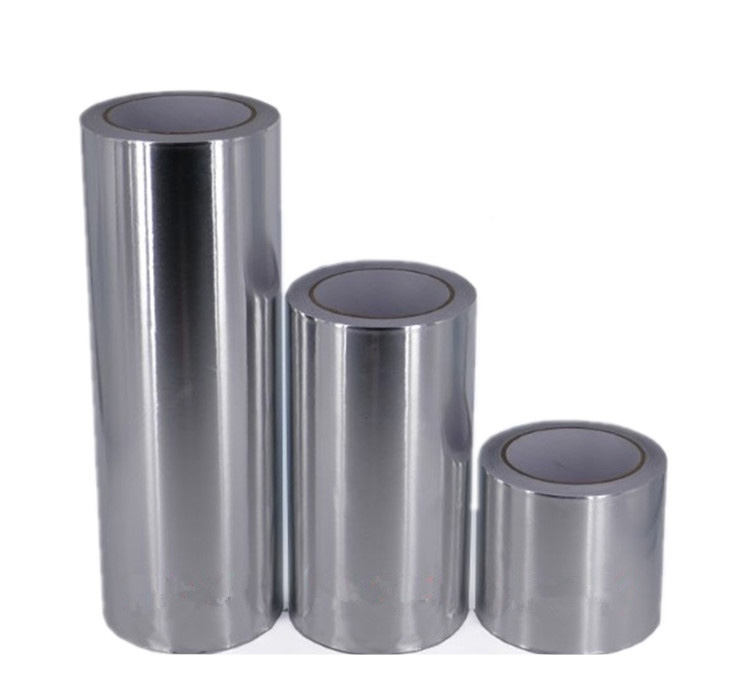
2. The effect of silicon on aluminum alloys
Al-Mg2Si alloy system alloy equilibrium phase diagram The maximum solubility of Mg2Si in aluminum is 1.85% in the aluminum-rich part, and the deceleration rate decreases with the decrease of temperature. In the deformed aluminum alloy, the addition of silicon to the aluminum plate is limited to the welding material, and the addition of silicon to the aluminum also has a certain strengthening effect.
3. The effect of magnesium on aluminum alloys
Magnesium is of great significance to the strengthening of aluminum. For every 1% increase in magnesium, the tensile strength increases by about 34MPa. If the addition of manganese is less than 1%, the strengthening effect can be supplemented. Therefore, after adding manganese, the magnesium content can be reduced, and the tendency of hot cracking can be reduced at the same time. In addition, manganese can make Mg5Al8 compound precipitation uniform, and improve corrosion resistance and welding performance.
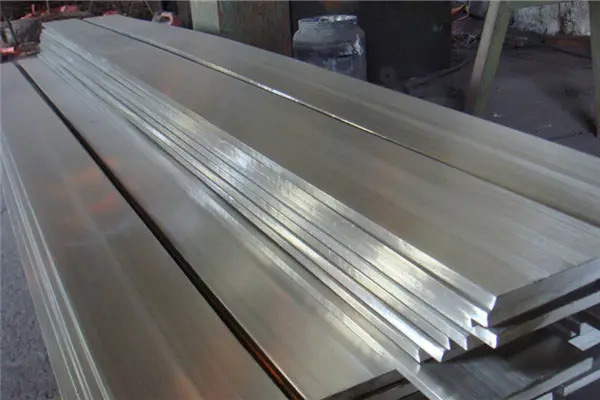
4. Influence of manganese element on aluminum alloy
The maximum solubility of manganese in solid solution is 1.82%. The strength of the alloy increases continuously with the increase of solubility, and the elongation reaches the maximum value when the manganese content is 0.8%. Al-Mn alloys are long and short age-hardening alloys, that is, they cannot be strengthened by heat treatment.
5. The effect of zinc element on aluminum alloy
The solubility of zinc in aluminum is 31.6% when the aluminum-rich part of the Al-Zn alloy system is 275, and its solubility drops to 5.6% when it is 125. When zinc is added to aluminum alone, the improvement of the strength of the aluminum alloy is very limited under the premise of deformation, and there is a tendency of stress corrosion cracking and cracking, thus limiting its application.
6. Effects of Titanium and Boron
Titanium is a commonly used additive element in aluminum alloys and is added in the form of Al-Ti or Al-Ti-B master alloys. Titanium and aluminum form the TiAl2 phase, which becomes the non-spontaneous core during crystallization, and plays the role of refining forging structure and weld structure. When the Al-Ti-based alloy has a clathrate reaction, the critical content of titanium is about 0.15%, and if there is boron, the deceleration is as small as 0.01%.
7. Effects of Chromium and Strontium
Chromium forms intermetallic compounds such as (CrFe) Al7 and (Crum) Al12 in the aluminum plate, which hinders the nucleation and growth process of recrystallization, has a certain strengthening effect on the alloy, and can also improve the toughness of the alloy and reduce the stress corrosion cracking sensitivity.
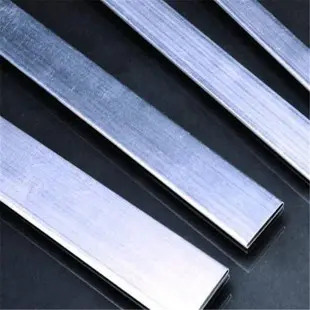
However, the quenching sensitivity of the venue increases, making the anodic oxide film yellow. The addition of chromium in the aluminum alloy generally does not exceed 0.35%, and it decreases with the increase of transition elements in the alloy. The addition of strontium to the aluminum alloy for extrusion is 0.015%. ~0.03% strontium, so that the β-AlFeSi phase in the ingot becomes a Chinese character-shaped α-AlFeSi phase, which reduces the average time of the ingot by 60%~70%, improves the mechanical properties and plastic workability of the material and improves the surface roughness of the product.
For high silicon (10%~13%) deformed aluminum alloys, adding 0.02%~0.07% strontium element can reduce the primary crystal to the minimum, and the mechanical properties are also significantly improved. The tensile strength бb is improved from 233MPa to 236MPa, and the yield strength б0.2 increased from 204MPa to 210MPa, elongation б5 increased from 9% to 12%. The addition of strontium to the hypereutectic Al-Si alloy can reduce the size of the primary crystal silicon particles, improve the plastic working performance, and can smoothly hot-roll and cold-roll.









